When we think of marine structures, such as piers, windmills and bridges, we often associate them with negative impacts on the environment. However, these structures can also have positive effects on marine ecosystems, especially when they act as artificial reefs underwater.
Artificial reefs are man-made units or full structures that promote marine life within a certain area or for protection. They provide lots of different and unique items that take many years for natural reefs to form but can be man-made in a much quicker timeframe. These surfaces can promote different things to happen like habitats to regrow live habitats and animals such as schools of fish, corals, crustaceans and oysters attach. Over time the structures will rebuild and it may develop new stronger structures that other fish species may visit which helps all the marine live in an area.
Artificial reefs have many benefits for the environment and the society. Here are some of them:
– Artificial reefs help to improve hydrodynamics for surfing, reduce coastal erosion, create jobs for people who depend on tourism for a living, and support the formation of new marine habitats underwater.
– Artificial reefs attract more fish than natural reefs, according to a recent research by the University of New South Wales. The researchers found that artificial reefs provide more food and shelter for baitfish, which in turn draw in big numbers of popular predatory fish, such as flathead, yellowtail kingfish, Australian salmon and tailor. This is good news for recreational anglers, who can enjoy more fishing opportunities and catch diversity.
– Artificial reefs can help to restore lost or degraded habitats, such as eelgrass beds and reefs, which are the basis for stable coastal ecosystems. These habitats have been declining due to various factors, such as urbanisation, fishing, pollution and climate change. By re-establishing these habitats, artificial reefs can help to recover good environmental status, comply with national and international regulations, and balance out the negative effects of human activities at sea.
Artificial reefs are not a new concept, but they have become more popular and effective in recent years, thanks to advances in technology and design. NSW has been leading the way in Australia, with nine artificial reefs installed along its coastline, and more planned for the future.
Artificial reefs are a great example of how human ingenuity and creativity can work together with nature to create positive environmental impacts. By building artificial reefs, we can not only enhance our marine resources, but also our appreciation and respect for the ocean.
What do you think of artificial reefs? Do you have any experience with them? Share your thoughts and opinions in the comments below. We would love to hear from you!
#artificialreefs #marineecosystems #coastalmanagement #NSW #Australia



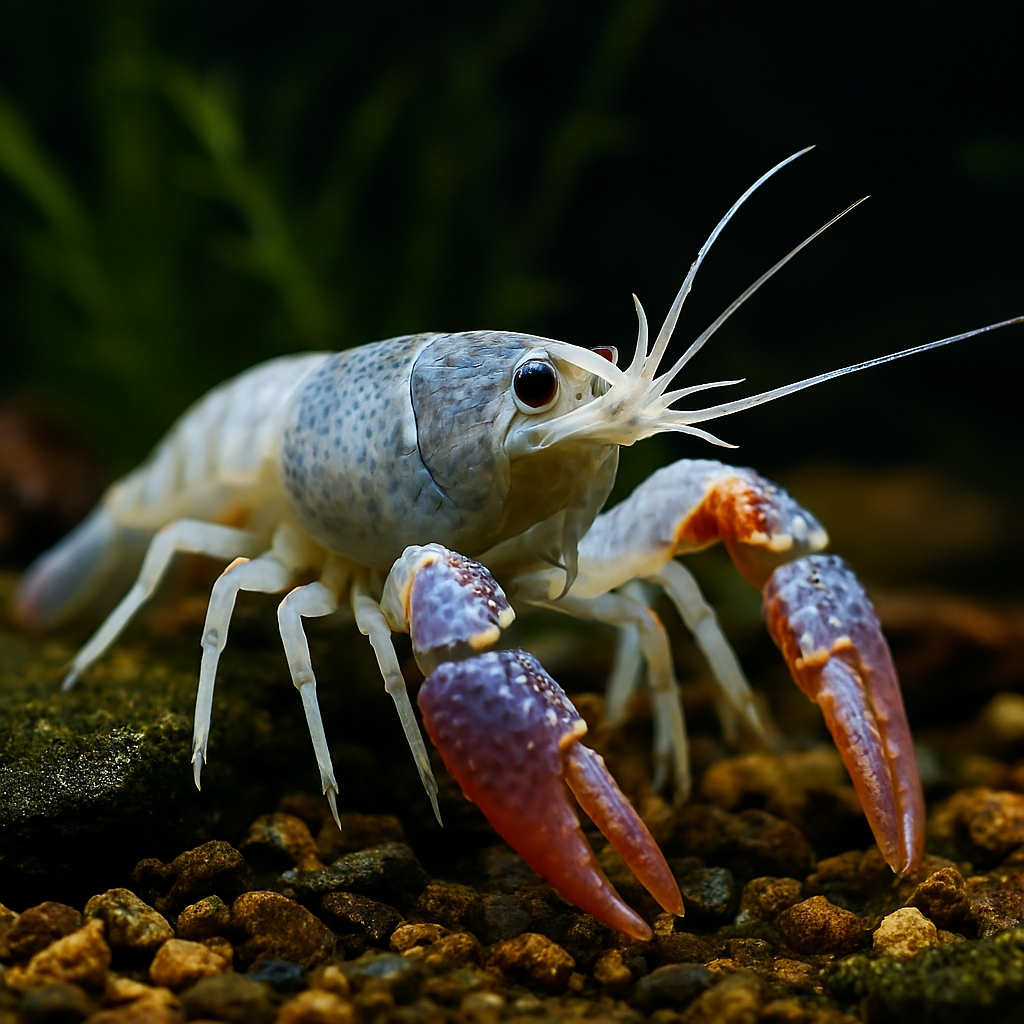







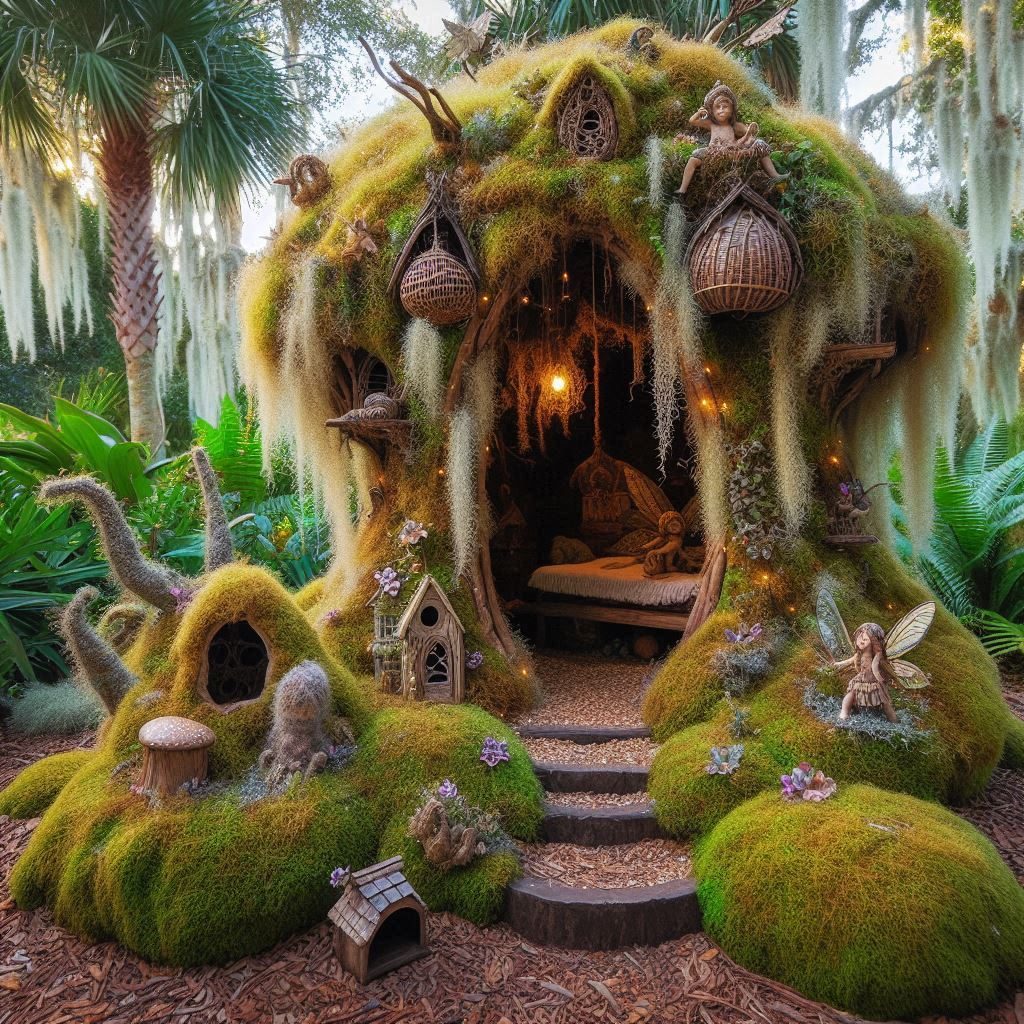
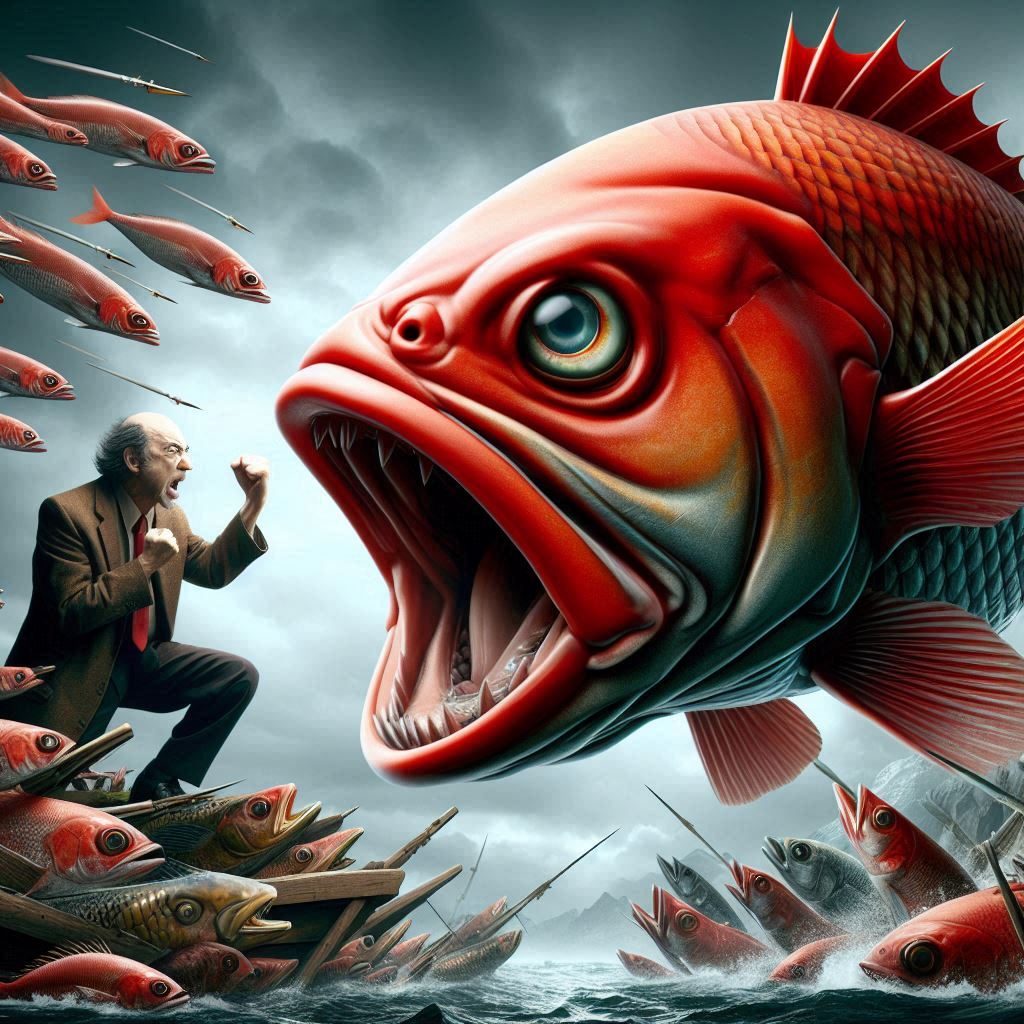


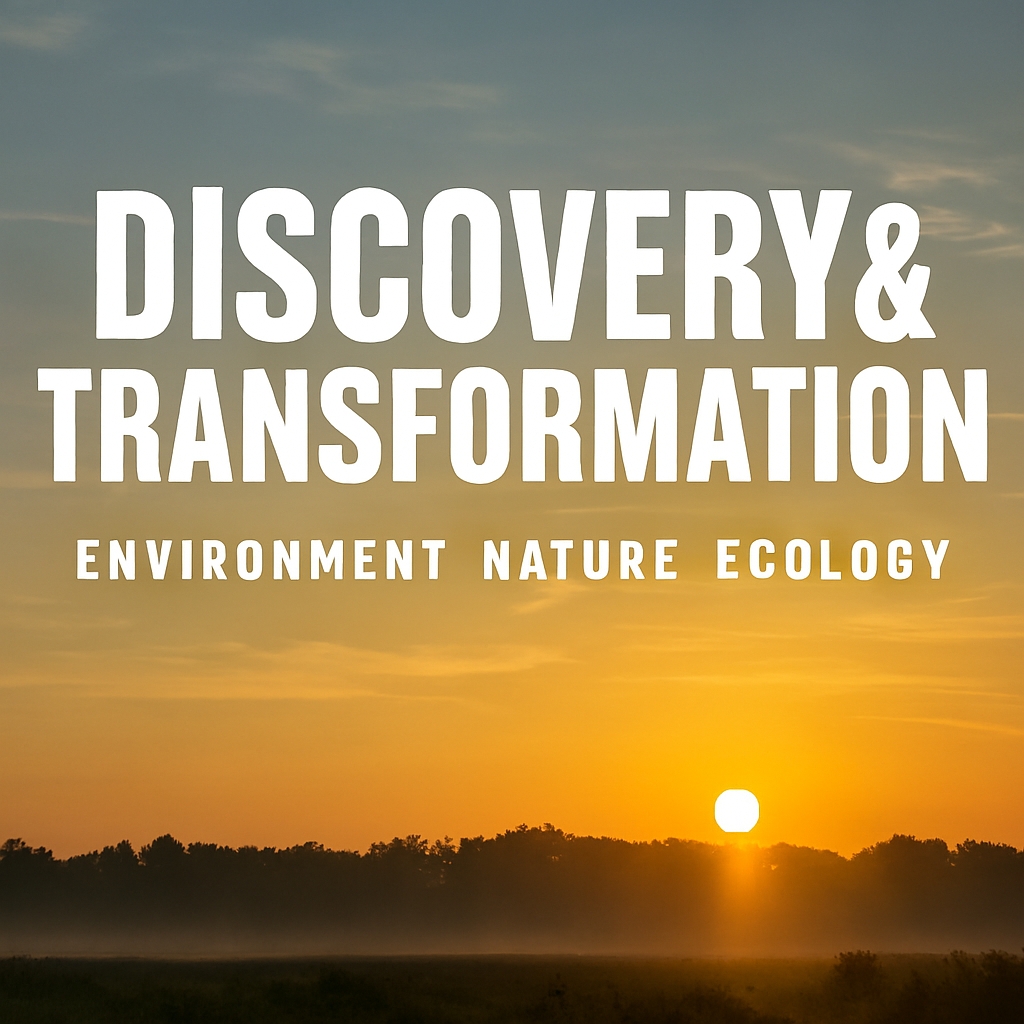
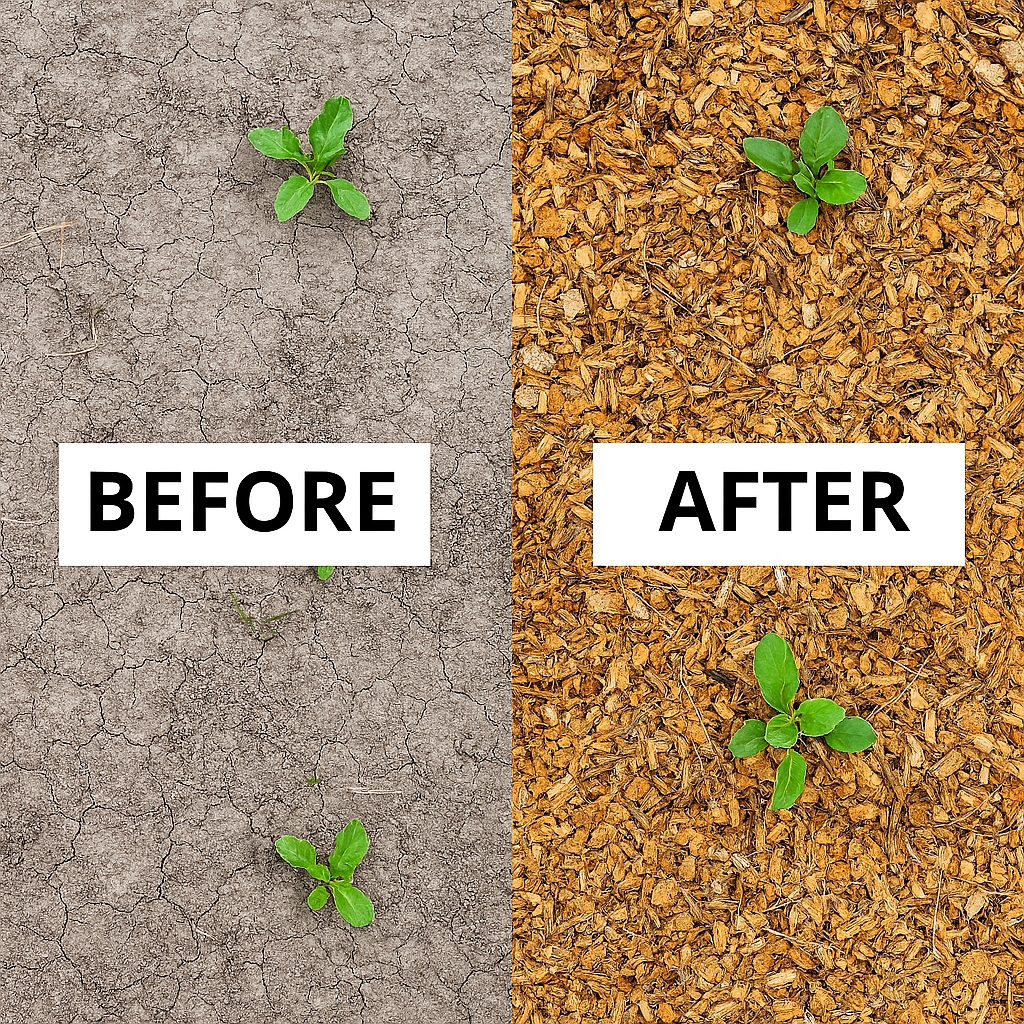
Leave a Reply